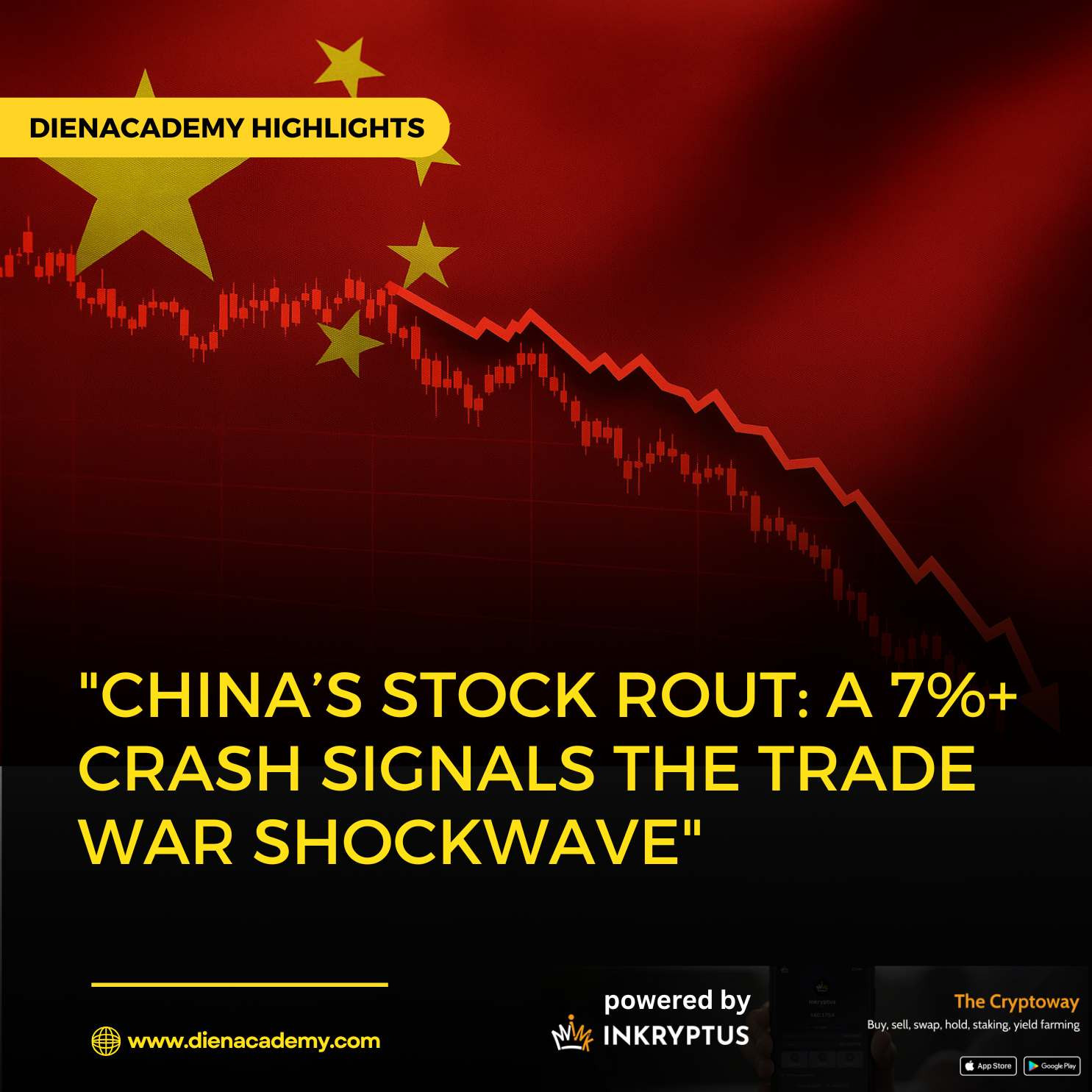
As global markets reel from escalating geopolitical tensions, Chinese stocks bore the brunt of investor panic in Monday’s post-holiday session. The Shanghai Composite Index plunged 7.34% to close at 3,097, while the Shenzhen Component nosedived 9.66% to finish at 9,364. This dramatic selloff follows the intensified trade confrontation between the United States and China.
Last week, President Donald Trump ratcheted up the pressure by raising tariffs on Chinese goods to 54%, a move that derailed ongoing negotiations. In a swift retaliatory measure, Beijing countered with a 34% blanket tariff on all U.S. imports, shifting from diplomacy to confrontation.
📉 Index Breakdown:
Index Previous Close Current Close Drop (%)
Shanghai Composite 3342 3097 -7.34%
Shenzhen Component 10366 9364 -9.66%
🏦 Sector Snapshot:
All sectors recorded losses, led by some of China's most influential publicly listed companies:
Contemporary Amperex: -11.5%
East Money: -13.9%
BYD Company: -10%
Zijin Mining: -9.9%
Kweichow Moutai: -4.4%
This across-the-board selloff underscores widespread investor fear, not only about trade penalties but also about the possibility of a global economic slowdown.
🧭 What's Next?
Markets are now closely watching policy signals from Beijing. Analysts anticipate a potential wave of monetary easing to cushion the blow and stabilize the economy. This may come in the form of:
-A reduction in reserve requirement ratios for banks
-Interest rate cuts
-Fiscal stimulus aimed at boosting consumption and infrastructure
However, such measures may only provide temporary relief if the trade war escalates further.
🌐 Global Implications:
This development serves as a stark reminder of how interconnected the global economy has become. A bilateral conflict between two superpowers now threatens to spill over, impacting markets far beyond their borders—from Wall Street to Frankfurt to Tokyo. Investors, analysts, and policymakers alike must brace for heightened volatility and prepare for potential policy shifts that could reshape international trade and capital flows.
0 comments